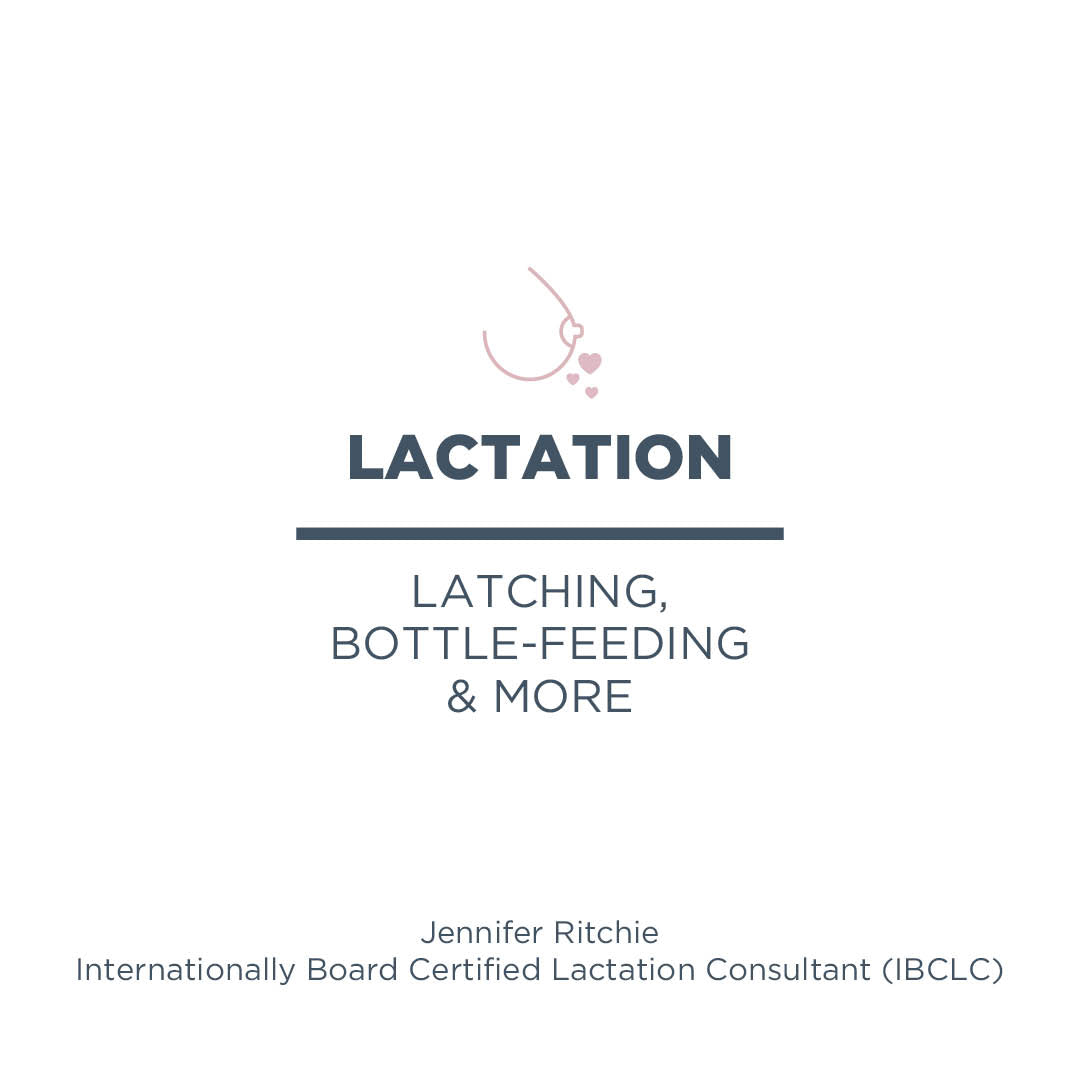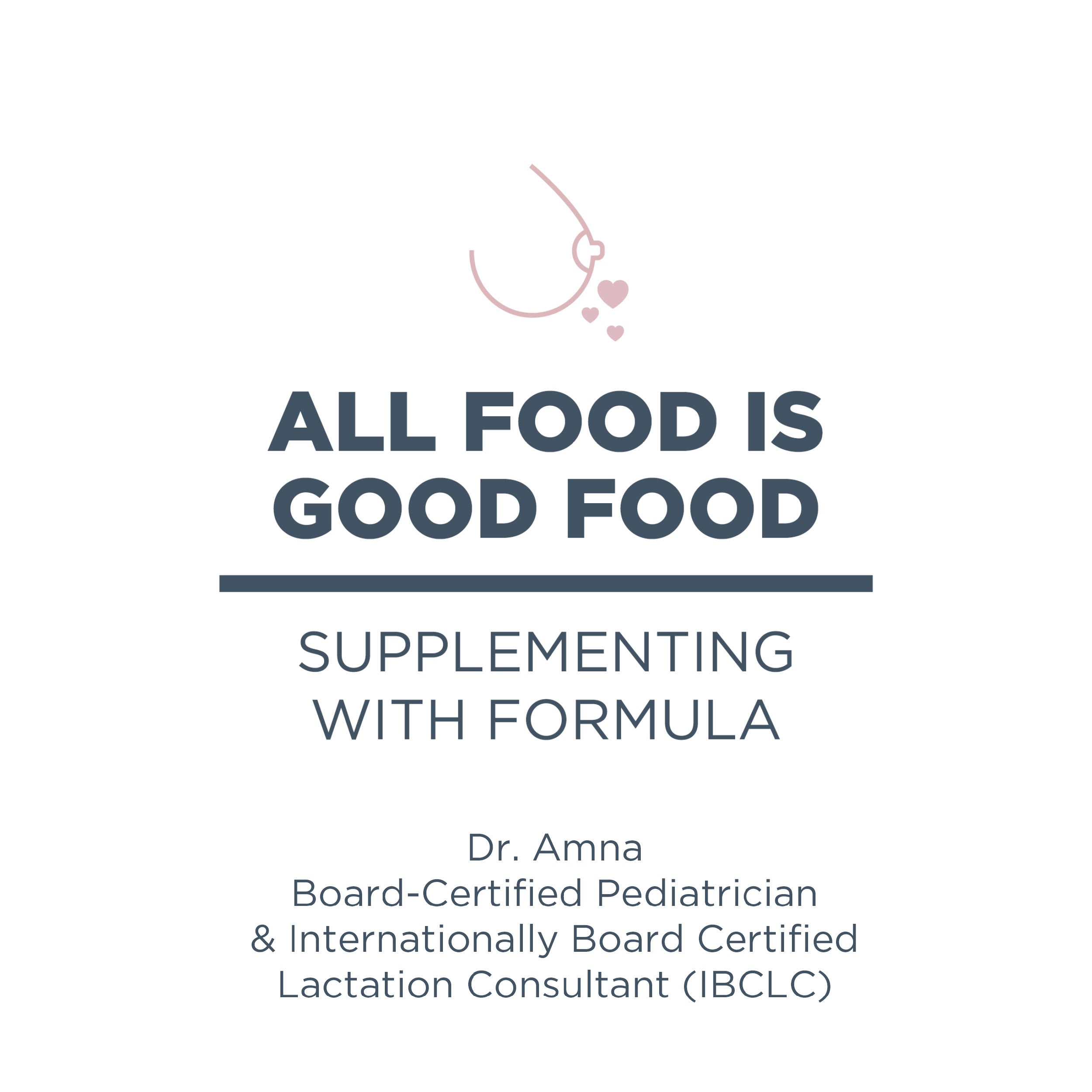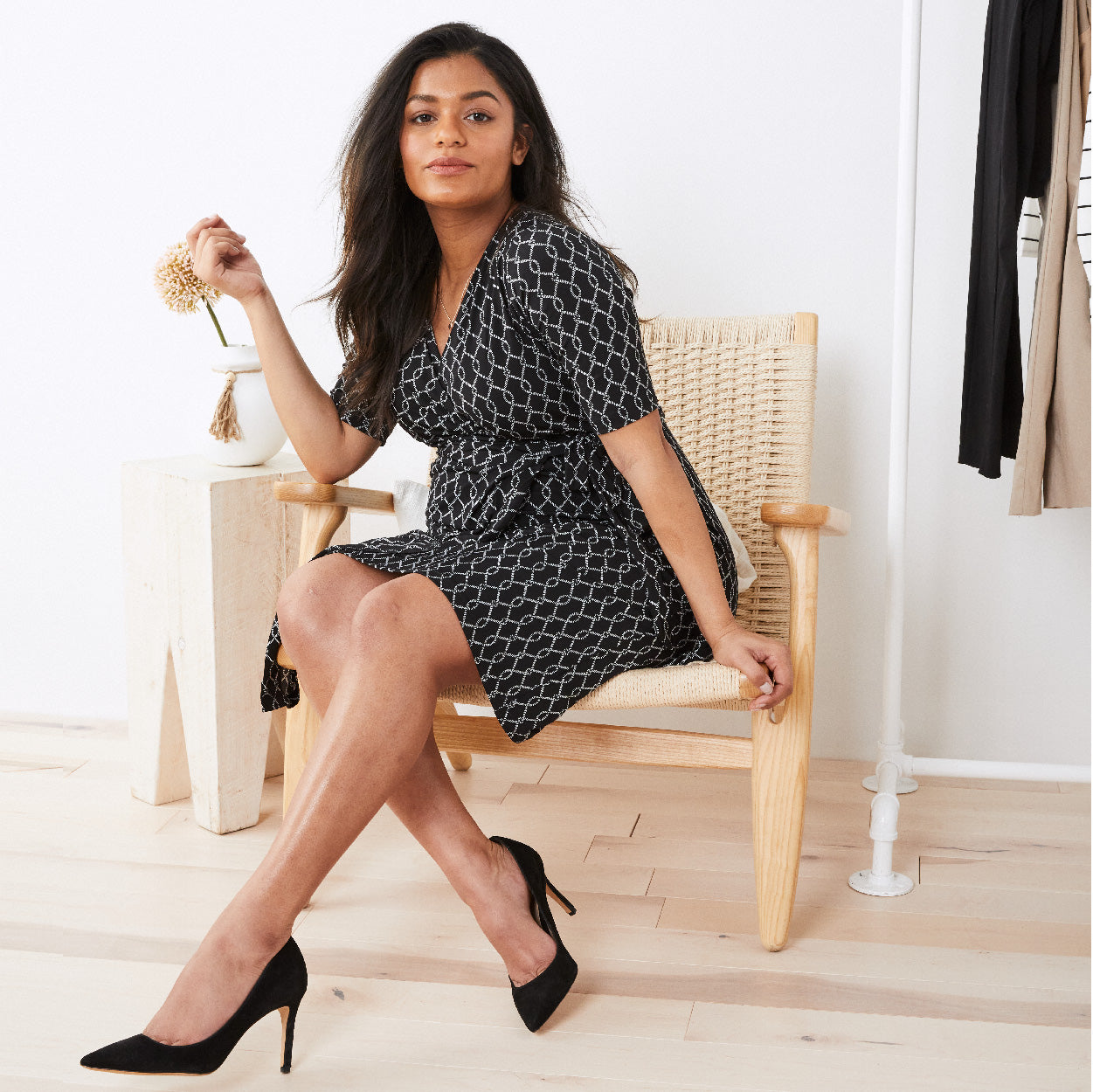
BREASTFEEDING 101: Part 3
A Conversation with Jennifer Ritchie, IBCLC & Callan, Editor

Jennifer Ritchie is an Internationally Board-Certified Lactation Consultant (IBCLC) who has spent more than a decade helping countless parents navigate breastfeeding challenges, including latching difficulties, painful nursing, low milk production, inadequate weight gain, and induced lactation.
In part three of our interview series, she and Motherhood Editor Callan, who was nursing her 15-month-old daughter, discuss nipple confusion, bottle-feeding, nipple shields, latching & more.
Callan: If you are supplementing, what are your thoughts on nipple confusion, and introducing a bottle to a breastfed baby? Is that really something you should be worried about?
Jennifer: There's absolutely no evidence that nipple confusion exists. It's never been proven. The first three months, babies are basic reflexes, so if anything touches the roof of a baby's mouth the first 12 weeks, they're going to start sucking on it, whether it's your finger or the nipple or a bottle or a pacifier. They don't get used to a nipple. It's a reflex, just like when you go to the doctor and they hit your knee and your leg goes up, it's a reflex that's out of their control. They can get a flow preference. If a mom has no breast milk and she's offering the breast and the baby is hungry and they get on and there's nothing there, they get mad. It's not a nipple preference, it's a flow preference. There's been no research to prove that there is such a thing as nipple confusion. And sucking is a reflex, it lowers the heart rate and the blood pressure of the baby, and you can't take your boob and put it in the backseat of a car. The first three months, they're incapable of manipulation or learning. It is what it is, you touch the roof of their mouth, they're going to suck on it, no matter what it is. So those first three months, you do whatever you need to do to get through and get that baby the proper nutrition and don’t worry about nipple confusion because their brain is not capable of being confused yet. They are basic reflexes.
Callan: So, after I gave my daughter the initial formula when she was like a day old, I didn't try to give her a bottle again until she was maybe five or six weeks old, and she would not take it.
Jennifer: So, it's not the bottle. It's how you were doing it and the nipple. A lot of nipples now are like more like boobs. Every baby has a suck reflex trigger. Sometimes it's farther back, sometimes it's forward. If a baby doesn't take a bottle within the first 12 weeks, it's just because the nipple is not stimulating that suck reflex. It has nothing to do with the baby wanting the bottle or not wanting the bottle. So, in that case, if you were my patient, I would have switched you to like a harder, longer nipple, like a Dr. Brown and the baby would have taken it in two seconds.
Callan: I killed myself trying 25 different bottles. She eventually took the Nanobébé.
Jennifer: It takes 22 muscles in the face to breastfeed. It takes one muscle to bottle feed. But I have had over the past 11 years a handful of babies that can breastfeed but can't bottle feed. It's crazy and makes no sense, so it can happen, but most of the time it's just reflexes. The nipple has to stimulate the suck reflex. And I'm sure if you were to try to a pacifier, you would have had difficulty as well. So, it wasn't anything that you did. It was her anatomy, and this is probably why. And you can tell me if I'm wrong. I bet you a million dollars you have an ultrasound picture of her sucking her thumb or finger in utero or she sucked her finger or thumb in utero because the babies that have a hard time with certain bottles...when they had their thumb in their mouth in utero, they created a palate that’s higher than usual. And the bottle has to hit that perfect spot.
Callan: You go crazy when your baby won't take a bottle and you need to leave them.
Jennifer: I know. But the first three months a baby is alive, they can't tell you what they want or manipulate you or reject something or not like something. It's just not how their brain works. If something's not working, you switch to the next thing and find something that does. And it's that simple. If this nipple's short and your baby's not taking it, switch to a nipple that's long, and boom. It's that simple.
Callan: Can we talk about latch. How do you know if you have a good versus bad latch and how do you fix it? When I saw a lactation consultant, what I was amazed by, and this was such a simple fix that you would think I would just know how to do this, was that I could unlatch the baby if it hurt to fix it. But it was like I needed somebody to give me permission because I was also so paranoid that she wasn't getting enough milk at that point that I did not want to take her off my nipple.
Jennifer: To go back to the vacuum, in order to extract milk from the breast, the baby is on there with a vacuum seal. So, it all goes back to what's happening. If you put your tongue on the roof of your mouth, hard palate, then there's a bump and behind there is the soft palate. In order to extract the milk, the baby's using their tongue. The tongue is moving to create a vacuum suction to get the milk out. But if the nipple is being smashed against the hard palate, it's going to cause you pain. So, yeah, if you latch the baby on and it hurts, you unlatch the baby and then latch the baby on again. This is one thing that hopefully you can get across because it seems so simple, but we all do it wrong. You compress the breast to align with the baby's mouth. If you're feeding the baby in a football hold, you have to compress the breast to align with the baby's mouth. It's either like a sandwich or a taco. If the baby is in the football hole right here, you have to compress the breast like a sandwich. If the baby is in front of you, you have to compress it like a taco because the baby's mouth is up and down. Imagine the breast is like a big burger, you have to squeeze that burger to get it in your mouth. That's how you should think of the breast when you're latching: this is a big burger, I have to compress it. But if you feed a baby a sandwich sideways, they're going to bite their way on and hurt you. So that's great advice, and I used to teach a breastfeeding class and all the OBs in Orange County would know if I worked with their new parents. They would hear them saying, "Wait, is it a sandwich or a taco?" Because if you only remember one thing: sandwich or taco. So, football hold: sandwich. Feeding in front of you: taco.
Callan: You know, you think it's going to be so simple, but then all of a sudden you have this tiny little baby head with an even tinier little mouth and then your giant boob and you're like, oh, my God.
Jennifer: So, I just took 11 years of working with parents and wrote a book that's specific for what's needed. In the very beginning of the book, it's the first two weeks. What you really need to know, because you don't need to know everything, just what to do to survive the first two weeks. And it's exactly that: how to position the baby properly and how to latch the baby properly. Later in the book, it's all the things that can happen: overgrowth of yeast, mastitis, and how to fix it based on the evidence. The back of the book is a baby feeding requirements chart, how much food the baby needs based on their weight. If moms go back to work or they want to take a nap and they want to pump and leave their milk and give it to a family member, they know how much to feed because the baby will eat 30% more than they need to out of a bottle because it just flows. So, they'll pound milk like crazy even though they don't need it.
And in the very end of the book there is a log of what to focus on day to day. Day one, what do you want? One poop, one pee. Check, check. Because during those first two weeks, that's the first question a pediatrician is going to ask you, because that's how they know if the baby's doing well. The parent doesn't need to know everything, they have the support of the medical community. But they do need to know what to keep track of. And what things can come up that they need to tell the doctor about. I tried to make it very simple and only focus on what's important. The goal is to protect the baby with the antibodies from your breastmilk for as long as you can. It can take four years for a baby to have a complete immune system. But those first three months, the baby is immune compromised. It's like someone going under chemo, they are very vulnerable. So the first couple months, whatever you can do to get that baby at least a teaspoon of breast milk, you're putting them in this little bubble and protecting them with all those antibodies.
Callan: And then what's the deal with nipple shields? I had one person recommend that I use them. I didn't end up using it, but I had to buy them. And I was like, what size do I get? How do people know this? Is there a whole hidden world of people who know their nipple sizes?
Jennifer: I know! We spend our entire lives hiding our boobs. And then you have a baby, and a guy comes in to take your food order and your breast is out. You're like, I don't even care anymore, you know? So again, that's preparation while you're pregnant. And I put pictures in my book of different nipples, like flat nipples. What's normal in terms of a nipple? Because when we're with our girlfriends, we're not looking at their breasts and their nipples. So, you don't even know what kind of nipple you have.
So, again, it all goes back to the latch. If you have a flat nipple, the baby is going to smash your nipple against the roof of their mouth. A nipple shield is a thin piece of silicone that fits over your nipple and makes it impossible for the baby to smash your nipple. It does come in different sizes but 95% of the time, I would use a 20-millimeter nipple shield from Medela. It's my favorite. It's a contact nipple shield, so part of the shield is cut out so that the baby's nose is in contact with the breast, not with the silicone. There's no evidence that a nipple shield can decrease your milk supply or cause long term damage to your milk supply. But there's a lot of people that don't like them. But because of prolactin and the fact that you only get prolactin surges when the baby is on the breast nursing, you don't get prolactin with the pump. If you pull the baby off the breast and tell a mom to exclusively pump, that's going to damage her milk supply long term. So do the risks outweigh the benefits? That thin piece of silicone over the nipple, if that gets the baby on the breast breastfeeding and gives that mom pain relief? 100% go for it. I love them, absolutely love them.
The goal is to keep the baby on the breast and have the mom be comfortable. But there are different sizes and misconceptions about the sizes. The baby should be flush against the breast, you should not see any of the nipple shield, so I put pictures in my book of right versus wrong. And if you have a small baby and you're using a big nipple shield and you see part of the shield, they can still smash your nipple. So generally, with the nipple shield, the smaller the better. But I'm sure there's going to be people that disagree with me, but again, I'm going back to the evidence. People can disagree with my opinion, and I have my own opinion about things, but I am 100% evidence based. I'm only giving you the information on what's best for lactation, more as a medical professional than just a breastfeeding advocate.
I think it's time to take breastfeeding and make it less of a "rah rah, you can do it!" It's like, I want my boyfriend to propose, but I can't make him. You can want things to happen the way you want them, but sometimes they don't. And just wanting to breastfeed doesn't seem to be enough to keep people breastfeeding. We all want it, we all know it's good, and they've done a great job at telling us that it's good. Now it's time to help us fix these problems so that we can continue doing it. Remind us why we’re doing it all the time, every time we go to a doctor's appointment, tell us how amazing we are for doing all that we're doing. The entire time I was breastfeeding, between both kids I breastfed for about five years, I just wanted to find other breastfeeding moms. And that's what bums me out so much about COVID is the lack of the sisterhood. We can't get together with our friends. We can't go to lactation clinics. So, I wrote my book literally so fast because I wanted to get it out there, because I want every mom to be able to do this and have the support that they need. I can't even imagine having a baby and how they must feel right now.
Callan: Having other moms to talk to definitely helps. One of my best friends had her daughter about two months after me, so it was just nice both being on maternity leave. I'm like, "I just had to eat a pork chop cold with one hand because she's cluster feeding!" Just to have somebody who can understand how exhausting it is.
Jennifer: We're so good at forgetting the hard times.
Callan: I completely blacked out the first two and a half months of my daughter's life.
Jennifer: All I had was my mom. And I'm like, "Mom, how long did you breastfeed me?" She's like, "Too long." And that's not an answer! So that's the thing. Moms need to able to get together and support each other in a non-judgmental way. And I learned that really fast working with new parents – and I've worked with a lot of new parents. Every race, color, creed, religion, sexual orientation, marital status, like it doesn't matter. Every new mom is the same and we have the same problems. And I wish that women could put aside all their differences and bond together during this time. Let's support each other through this first year because it's hard. It's the hardest thing I've ever done.
Callan: Breastfeeding is obviously a huge commitment, and I feel like our society is not really set up to support it. For a lot of women when they end up going back to work, it's just it's too much – emotionally, physically, and they're just exhausted. So, what do you say to those women? I remember my coworker, and this is years before I had my daughter, crying in the cube next to me because her milk supply was low, and she didn't have time to be pumping all day at work. And I didn't understand her pain because I was, again, not even thinking about being a parent at that point. But I remember feeling so bad that she felt so guilty. And I told her, “But you're giving your baby formula, you're still feeding her, it's OK.” And she said, thank you for saying that. And I thought, is this like a “thing”? And now that I'm a mom, it is a thing. You feel guilty. And I think some women come so close to their breaking point trying to make it work when it's just not working.
Jennifer: There's so much pressure to do an all or nothing approach that you end up doing nothing. And the message I would love to spread, is that some is better than none. 99% of women can extract a teaspoon of breast milk every 24 hours. If that's your goal, that's an achievable goal. You could pump once a day the first thing in the morning. That's your goal: one teaspoon. So even these moms who adopted a baby that I helped to induce lactation for, that was our goal: five CCs every 24 hours. We made it work, and that is enough. There are formulas now that are designed more like breast milk than ever. So, find a formula that's the most like breast milk and reach that achievable goal of five CCs of breast milk every 24 hours.
Learn more about Jennifer Ritchie & her books by visiting her website.


